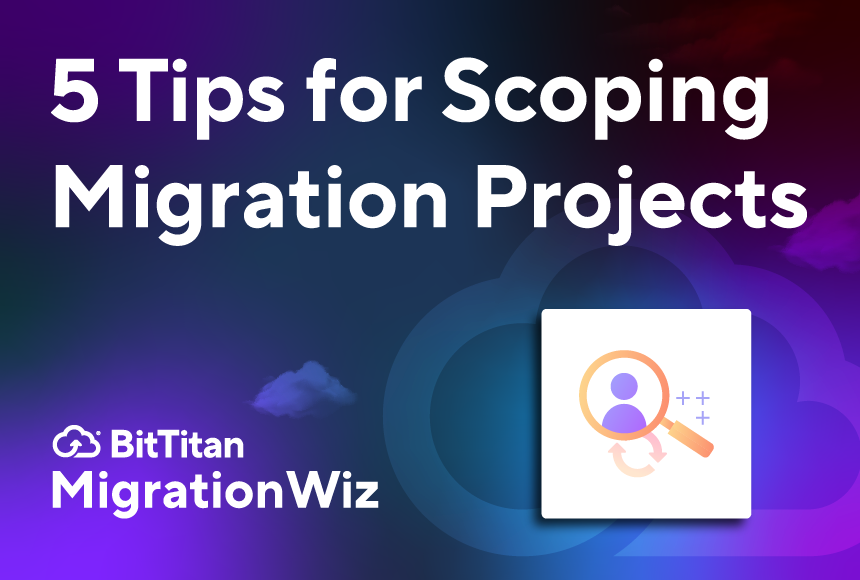There’s a lot of variation in how you can maximize speed via the interaction of those many factors, both in sailing and in sales, but at the end of the day, both are defined by physics, the quantitative relationship between inputs and conversion points. They define what sails to use under what conditions, how many sailors to staff, and what each of them should be doing.
Let’s start with a special number: 78. The number 78 is compounded over a 12-month cycle. For example, if you start in January and you acquire one new client (n) every month, and you never lose one, then at the end of December you will have gathered 78 months’ worth of revenue:
78Xn=12Xn+11Xn+10Xn+9Xn+8Xn+7Xn+6Xn+5Xn+4Xn+3Xn+2Xn+1Xn
This special number allows you to determine, within reason, how much MRR you need to acquire to hit your target.
Example:
2016 ARR goal is $2,000,000
2015 ARR goal was $440,000
NEW ARR in 2016 $1,560,00 divide by 78
Then your new MRR /month is $20,000
So, with your annual revenue goal and the number 78, you have determined the new MRR you need to secure each month to hit the annual recurring revenue target. The big question is how to staff against that target (which we define as SaaS metrics from MRR to leads). Let’s take the last example $20,000 in MRR for an ARR Stream of $2M.
Note: Most companies at the “beginning to scale” stage do not have these ratios down pat, but we have worked with a full range of SaaS organizations, so we will provide some default averages.
For Example: (Impact of CHURN on your Monthly NUMBERS)
- Assuming client Churn is -5%
- Your month will be $21,100
Factors that will affect your calculations:
- Cross Sell: New decision makers get involved to buy more/new services.
- Upsell: The same decision makers buy more of the same services, for example more seats (expansion), or increase the service package at an increased price.
- Renewal: The Same people buy the same service at the same or increased price when the contract expires, this can be either monthly, quarter or annually.
Factors that will involve revenue loss scenarios:
- Lose a customer, you lose the revenue, the seat count and the logo.
- Lose usage with the same number of customers. This can be a client downgrading its package for all its seats, resulting in a loss of revenue, yet you are not losing them as a customer, nor losing any seats.
- Lose the seats: Fewer users inside your customer use your services. Some users may even increase usage. Logo churn is not impacted, revenue churn can even be positive, but you are now depending on fewer seats, thus your upsell/cross Sell potential is threatened.
Who is Responsible for Upsell/Cross Sell/ Renewal?
It is important to note that there are real differences between various types of SaaS business, “not one size fits all.” For example, a platform service such as a CRM and that of an application services such as a VOIP or UCaaS Services are very different.



